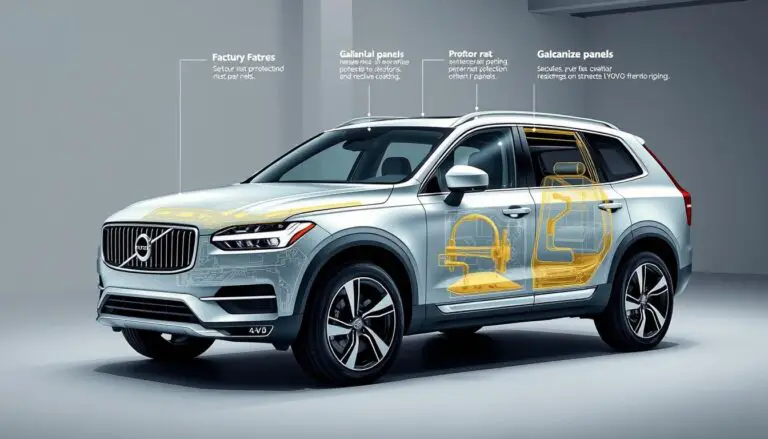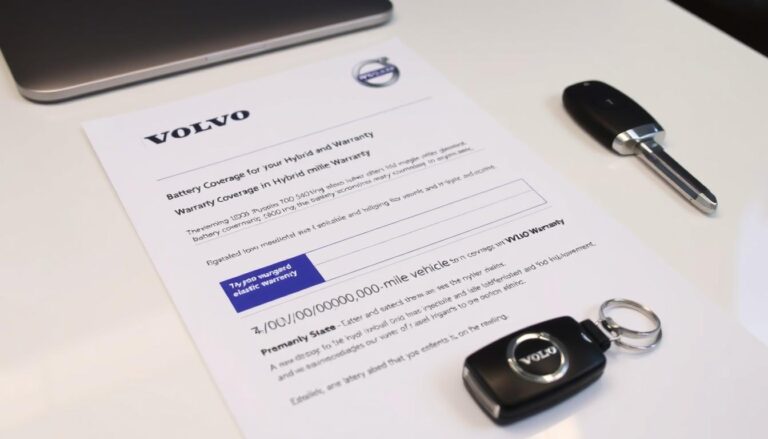When winter blankets the roads with snow and ice, vehicle performance becomes more than a matter of convenience—it’s about safety. Volvo, with its Scandinavian heritage, has built a reputation for creating vehicles that handle challenging winter conditions. But how well do Volvos actually perform in the snow, and what makes them suitable for winter driving?
This comprehensive guide explores Volvo’s winter capabilities, from their advanced all-wheel-drive systems to practical tips for maximizing your Volvo’s performance in snowy conditions.
Volvo’s Advanced All-Wheel Drive Systems
Volvo’s AWD system provides optimal traction in challenging winter conditions
At the heart of Volvo’s exceptional snow performance is their sophisticated all-wheel drive technology. Unlike basic AWD systems, Volvo’s approach focuses on intelligent power distribution that adapts to changing road conditions in milliseconds.
Instant Traction Technology
Volvo’s Instant Traction technology provides immediate power to all four wheels when starting from a standstill on slippery surfaces. This system pre-charges the hydraulic clutch to ensure maximum traction the moment you press the accelerator, eliminating the delay found in many other AWD systems.
Electronic Haldex Coupling
Most modern Volvos utilize an electronic Haldex coupling system that continuously monitors wheel speed, throttle position, engine torque, and braking. When slippage is detected, the system can transfer up to 50% of engine power to the rear wheels, ensuring optimal grip in snow and ice.
“Volvo’s AWD system doesn’t just react to wheel slip—it anticipates the need for traction and distributes power accordingly, making it exceptionally responsive in winter conditions.”
Drive Mode Settings for Snow
Many Volvo models feature specific drive modes designed for winter conditions. The “Snow/Wet” mode adjusts throttle response, transmission shift points, and stability control parameters to maximize traction and control on slippery surfaces.
Winter-Specific Safety Features
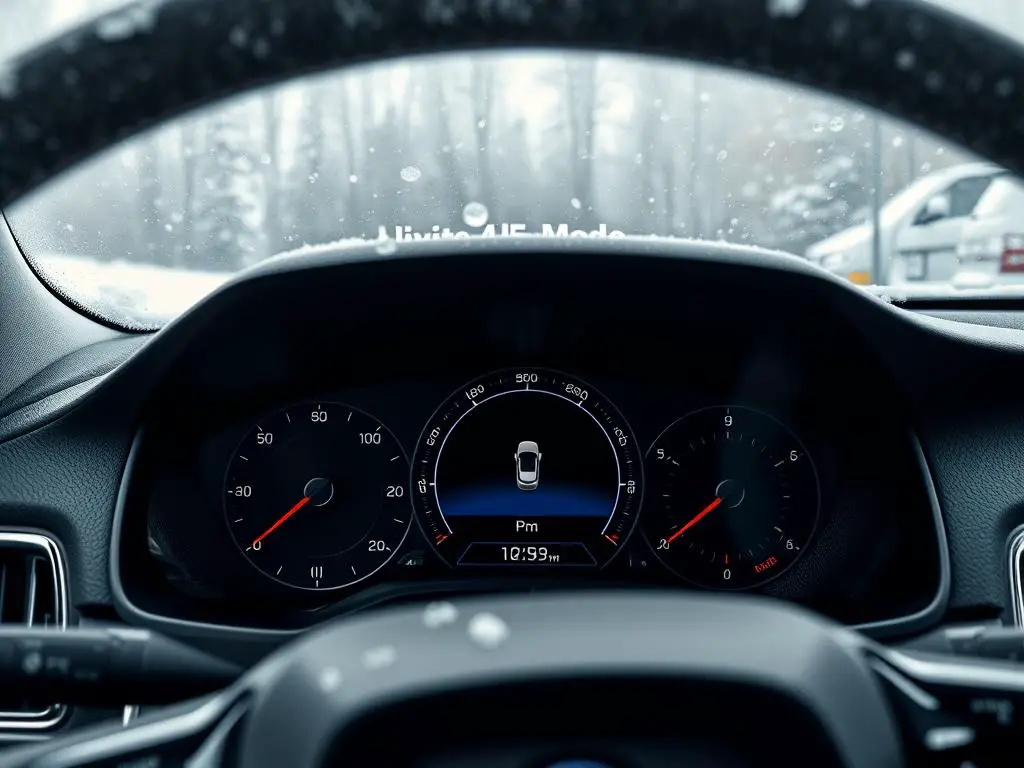
Volvo’s comprehensive safety systems provide additional confidence in winter driving
Volvo’s commitment to safety extends to specialized features that enhance control and stability in winter conditions:
Hill Descent Control
This feature automatically controls vehicle speed when descending steep, slippery slopes, allowing the driver to focus solely on steering. The system maintains a slow, steady pace without requiring brake input, preventing skids on icy inclines.
Advanced Stability Control
Volvo’s stability control systems go beyond basic functionality, using sophisticated sensors to detect and correct skids before they become dangerous. The system can apply braking force to individual wheels and reduce engine power to help maintain directional control on snow and ice.
Corner Traction Control
This innovative feature applies brake force to the inner wheels during cornering, transferring power to the outer wheels with more grip. The result is more precise turning and reduced understeer when navigating snowy corners.
Advanced Electronic Braking
Volvo’s electronic braking distribution and emergency brake assist systems optimize braking performance in all conditions. In snow, these systems help prevent wheel lock-up while still providing maximum stopping power.
Ensure Your Volvo is Winter-Ready
Schedule a comprehensive winter safety check to ensure all systems are functioning optimally for the snow season.
Ground Clearance: Volvo SUVs vs. Sedans in Snow
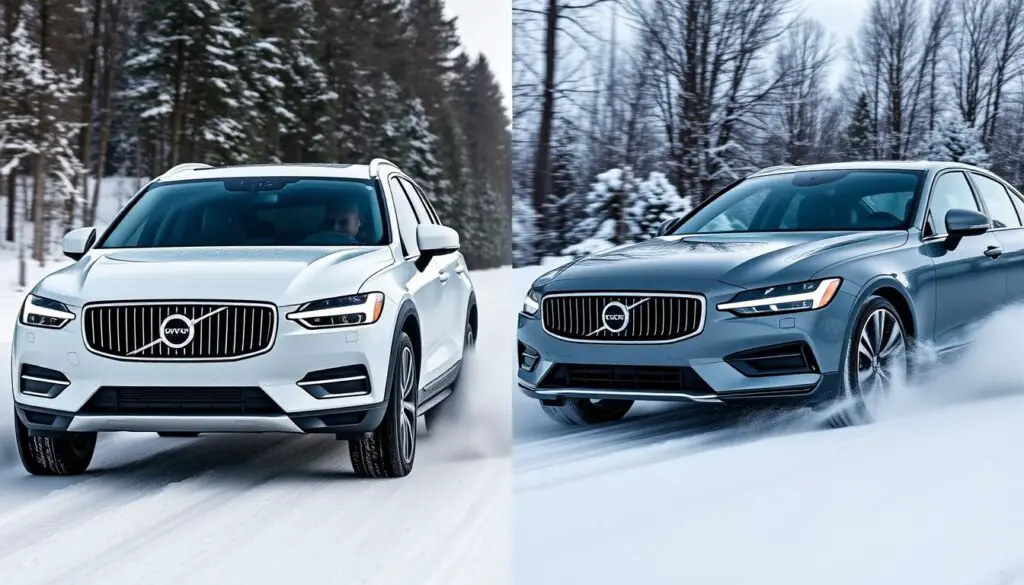
Volvo’s SUV lineup offers increased ground clearance for navigating deeper snow
Ground clearance plays a crucial role in a vehicle’s ability to navigate through deep snow. Volvo’s lineup offers various options to suit different winter driving needs:
| Volvo Model | Ground Clearance | Snow Performance Rating | Best For |
| XC90 | 8.3 inches | Excellent | Deep snow, unplowed roads |
| XC60 | 8.2 inches | Excellent | Varied winter conditions |
| XC40 | 8.3 inches | Very Good | Urban snow driving |
| V90 Cross Country | 8.3 inches | Very Good | Combination of wagon utility and SUV clearance |
| S90 | 6.0 inches | Good | Plowed roads, moderate snow |
| S60 | 5.8 inches | Good | Light snow, maintained roads |
SUV Advantages in Snow
Volvo’s XC lineup offers significant advantages for serious winter driving. The additional ground clearance allows these vehicles to navigate through deeper snow without becoming high-centered. The higher seating position also improves visibility during snowfall, allowing drivers to better anticipate road conditions.
Sedan Performance
While Volvo sedans have less ground clearance than their SUV counterparts, they still perform admirably in snow thanks to their AWD systems and winter-focused engineering. The S60 and S90 models are excellent choices for drivers who primarily travel on plowed roads and experience moderate snowfall.
The Critical Role of Winter Tires for Volvos in the Snow
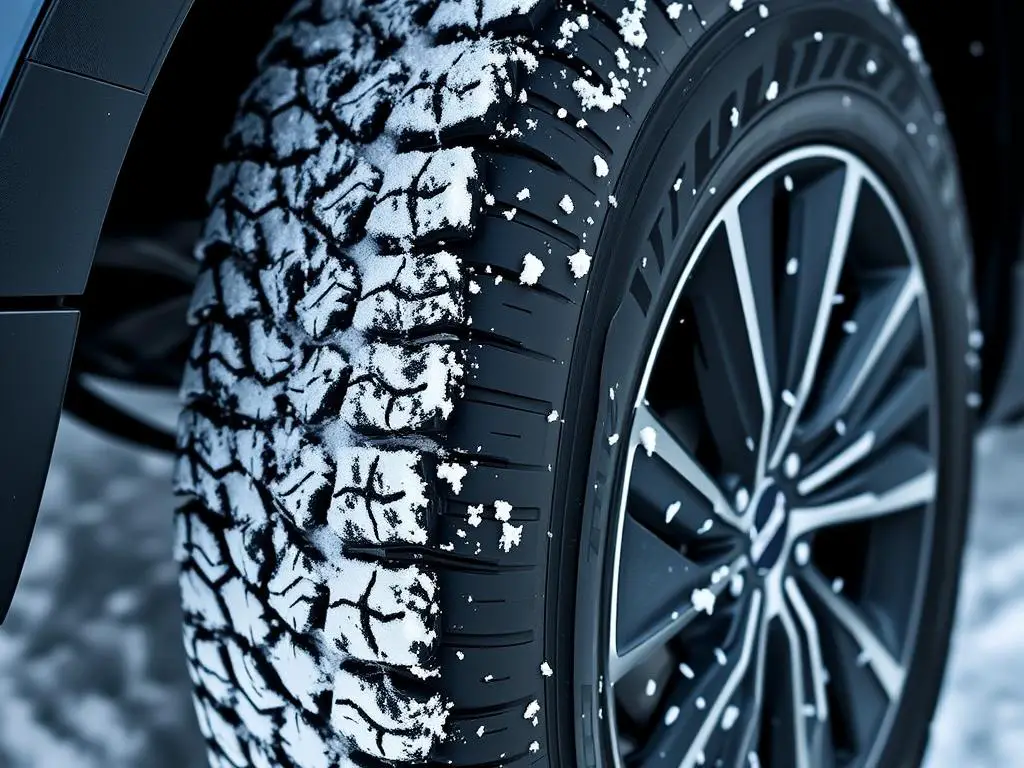
Proper winter tires dramatically improve a Volvo’s snow performance
Even the most advanced AWD system cannot compensate for inadequate tires. Volvo strongly recommends dedicated winter tires for optimal performance in snow and ice conditions.
Volvo’s Tire Recommendations
Volvo recommends winter tires that meet specific performance criteria for snow and ice traction. Look for tires bearing the “Three-Peak Mountain Snowflake” symbol, which indicates they’ve passed severe snow service requirements. Popular winter tire options for Volvos include Nokian Hakkapeliitta, Michelin X-Ice, and Bridgestone Blizzak models.
Important: All-season tires, despite their name, do not provide adequate traction in significant snow or ice conditions. The rubber compounds in all-season tires harden in cold temperatures, reducing grip. True winter tires remain pliable in freezing temperatures and feature specialized tread patterns for snow traction.
All Four Wheels Matter
Always install winter tires on all four wheels of your Volvo. Using winter tires only on the drive wheels can create dangerous handling imbalances. For vehicles with advanced stability and traction control systems, mismatched tires can interfere with proper system operation.
Real-World Performance: Volvos in the Snow
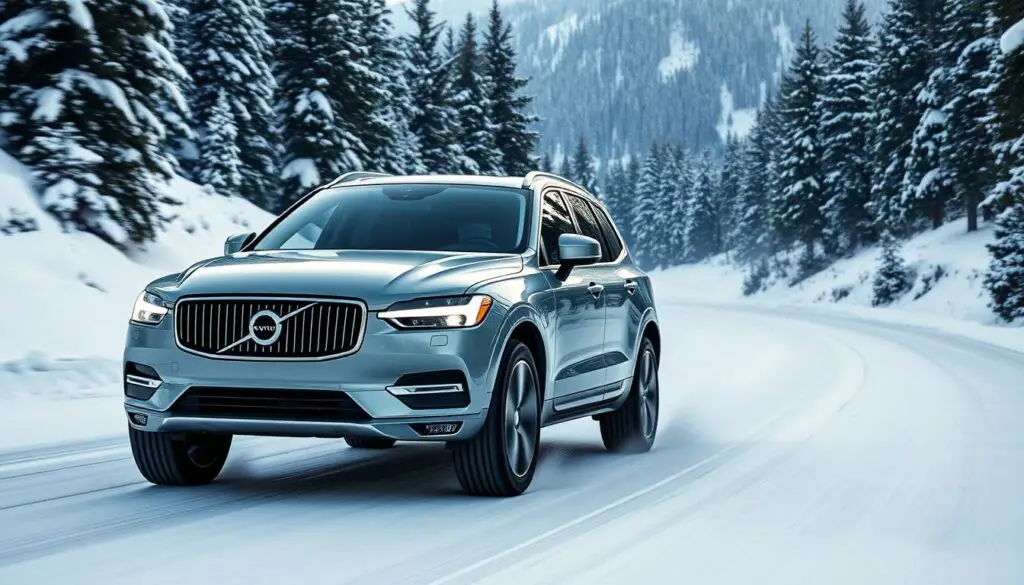
Volvos are engineered in Sweden, where harsh winters inform vehicle design
Beyond specifications and features, how do Volvos actually perform in real-world winter conditions? Feedback from owners and expert reviews provides valuable insights:
“I’ve driven my Volvo XC90 through three harsh Canadian winters now. With good winter tires, it’s absolutely unstoppable. The combination of ground clearance, AWD, and stability control gives me complete confidence even in the worst conditions.”
Expert Assessments
Automotive journalists who conduct winter testing consistently rate Volvos among the top performers in snow conditions. The XC60 and XC90 frequently receive praise for their balanced handling and predictable behavior on slippery surfaces. The V90 Cross Country is often highlighted as an excellent alternative to an SUV for those who want wagon versatility with snow capability.
Owner Experiences
Volvo owners in snowy regions report high satisfaction with their vehicles’ winter performance. Common themes include appreciation for the intuitive AWD system that doesn’t require driver intervention, excellent visibility in poor conditions, and the effectiveness of Volvo-specific winter driving modes.
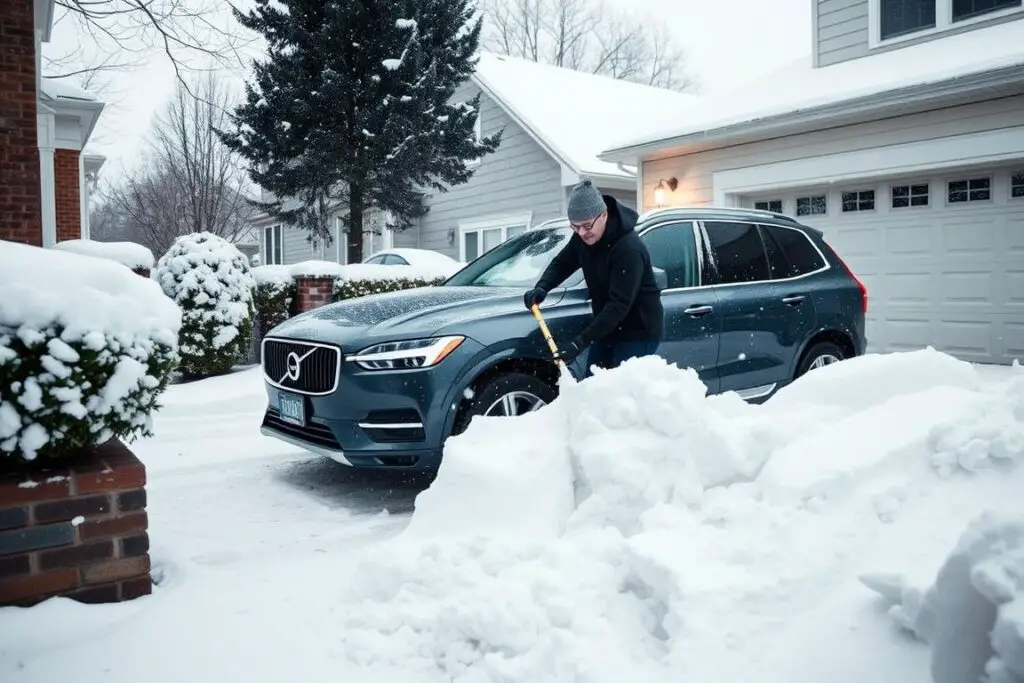
Proper preparation is key to maximizing your Volvo’s winter performance
A consistent observation from Volvo owners is that the vehicles feel “planted” and stable in snow conditions. This is attributed to Volvo’s weight distribution and chassis tuning, which provides predictable handling even when traction is limited.
How Volvos Compare to Other Brands in Snow
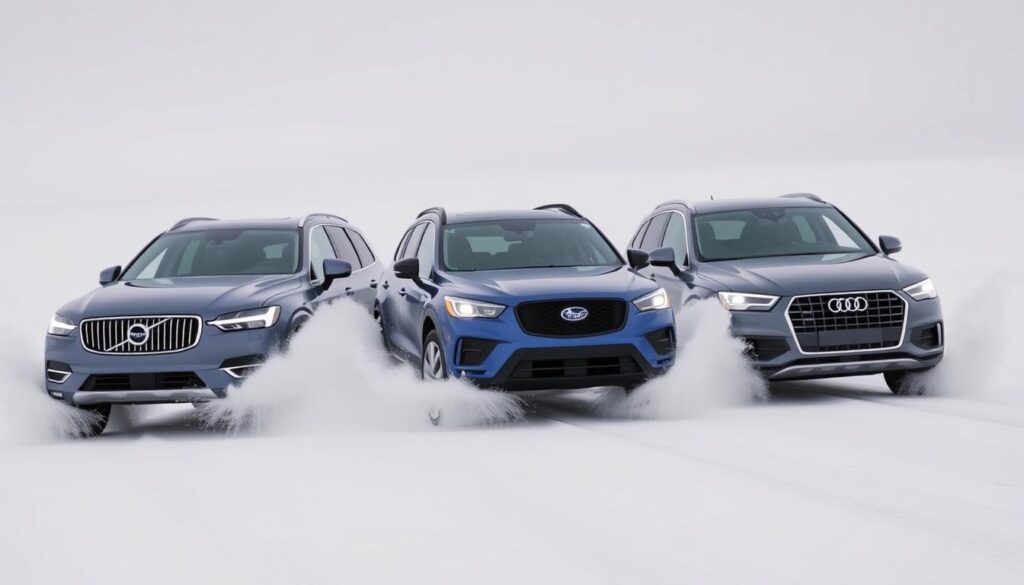
Volvo competes strongly against brands known for winter performance
How do Volvos stack up against other manufacturers known for winter prowess? Here’s a comparative analysis:
Volvo vs. Subaru
Subaru has built its reputation on symmetrical AWD and winter capability. While both brands excel in snow, Volvos typically offer more refined AWD systems with adaptive capabilities. Subaru’s advantage lies in its lower price point, while Volvo provides superior luxury features and advanced safety systems specifically tuned for winter conditions.
Volvo vs. Audi
Audi’s Quattro system is renowned for its winter performance. In comparison testing, Volvos match Audi’s traction capabilities while often providing better ground clearance in comparable models. The XC60 and Q5 are frequent competitors, with the Volvo generally offering more standard safety features focused on winter driving scenarios.
Volvo Winter Advantages
- Scandinavian engineering heritage focused on winter conditions
- Excellent ground clearance in XC and Cross Country models
- Comprehensive winter-specific safety systems
- Heated windshield and washer nozzles on many models
- Intuitive AWD system requiring minimal driver intervention
Potential Limitations
- Higher price point than some competitors with good snow performance
- Sedan models have limited ground clearance compared to SUVs
- Winter tires are an additional expense but absolutely necessary
- Some older RWD Volvo models have limited snow capability
When properly equipped with winter tires, Volvos consistently rank among the top performers in snow and ice conditions, regardless of vehicle category. Their combination of intelligent AWD, winter-specific features, and Scandinavian design philosophy creates vehicles exceptionally well-suited to winter driving.
Essential Tips for Driving Your Volvo in Snow
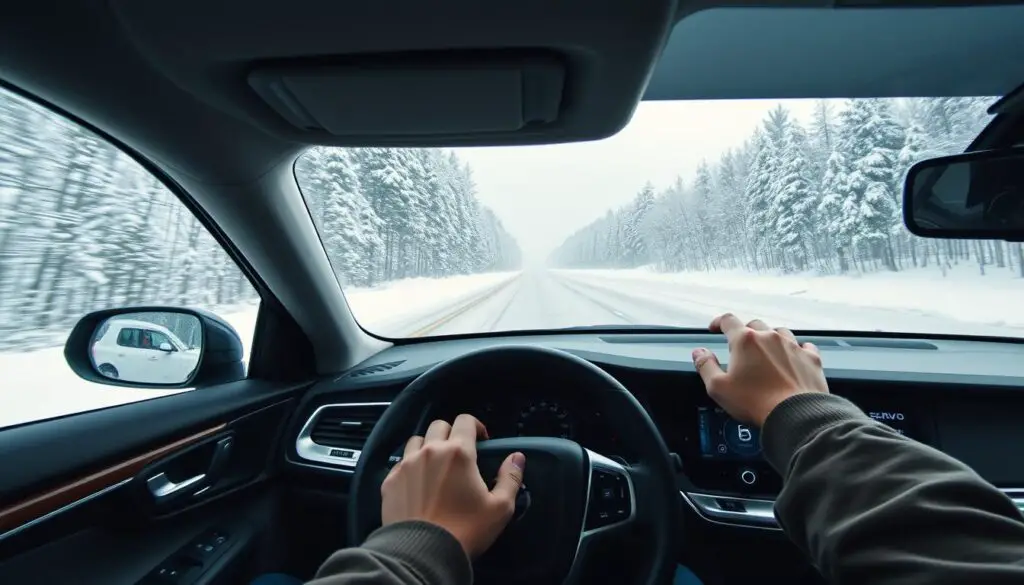
Proper driving techniques enhance your Volvo’s winter capabilities
Maximize your Volvo’s snow performance with these practical tips:
Before Driving
- Install quality winter tires on all four wheels
- Clear all snow from windows, lights, roof, and hood
- Check that windshield washer fluid is winter-rated
- Allow the engine to warm up briefly before driving
- Activate the “Snow/Wet” drive mode if available
While Driving
- Accelerate and brake gently to maintain traction
- Increase following distance significantly
- Look far ahead to anticipate changes in road conditions
- Avoid sudden steering inputs
- Use engine braking by downshifting on descents
Emergency Situations
- If skidding, look and steer in your desired direction
- Avoid pumping ABS brakes—apply steady pressure
- If stuck, use gentle rocking motion between D and R
- Turn off traction control temporarily if spinning in deep snow
- Keep emergency supplies in your vehicle
Winter Maintenance Checklist
Regular maintenance is crucial for reliable winter performance. Before winter arrives, ensure these systems are checked:
- Battery condition (cold weather reduces battery performance)
- Tire tread depth and pressure (check pressure when cold)
- Wiper blades and washer fluid (use winter-specific fluid)
- Heating and defrosting system operation
- Exterior lights functionality
- Brake system inspection
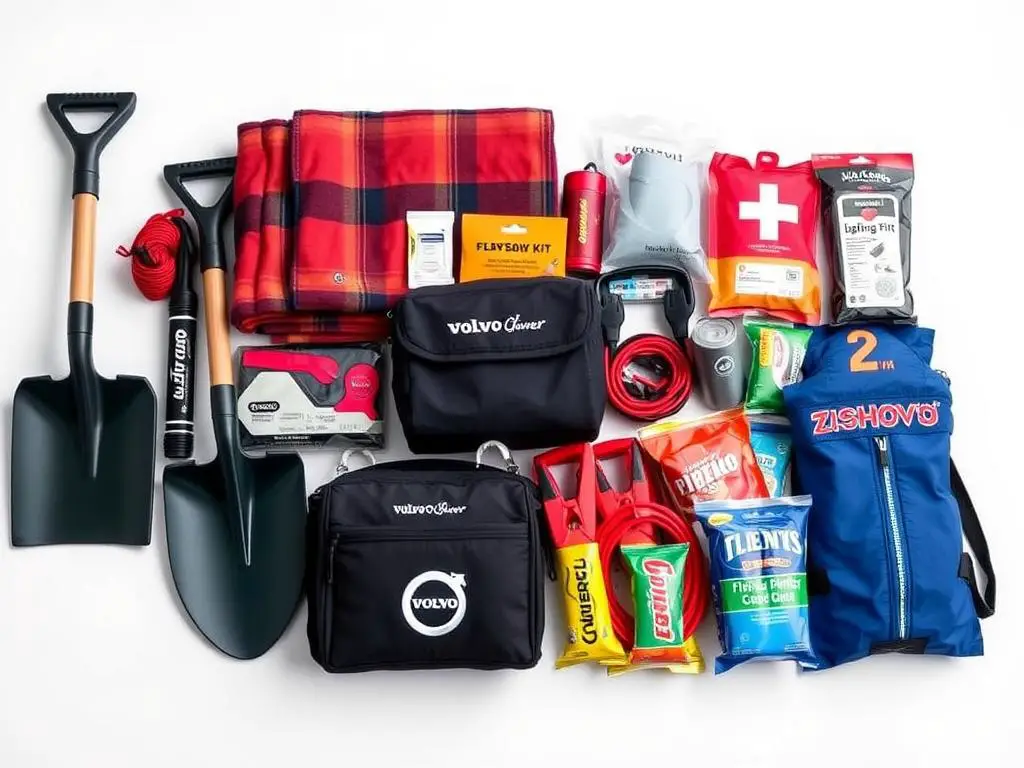
A well-stocked emergency kit is essential for winter driving safety
Pro Tip: Volvo’s Sensus system in newer models allows you to remotely start your vehicle using the Volvo On Call app. This feature is invaluable in winter, allowing you to warm the cabin and defrost windows before entering the vehicle.
Conclusion: Volvos Excel in Snow with Proper Preparation

With the right preparation, Volvos are exceptional winter companions
Volvo’s Scandinavian heritage is evident in their vehicles’ exceptional snow performance. With advanced AWD systems, winter-specific safety features, and thoughtful design elements, Volvos are indeed excellent choices for winter driving. The key to maximizing this potential lies in proper preparation—particularly the installation of quality winter tires—and adapting your driving technique to winter conditions.
Whether you choose an XC90 for tackling deep snow or an S60 for navigating plowed city streets, Volvo’s commitment to winter performance ensures confidence and safety when the snow falls. By following the maintenance recommendations and driving tips outlined in this guide, you’ll experience the full capability of your Volvo in winter conditions.

